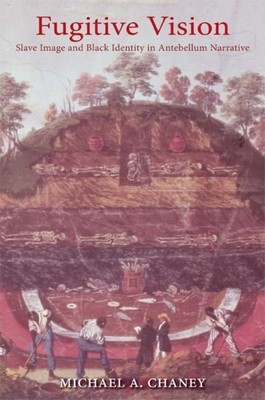
- We will send in 10–14 business days.
- Author: Michael A Chaney
- Publisher: Indiana University Press
- ISBN-10: 0253221080
- ISBN-13: 9780253221087
- Format: 15.5 x 23.4 x 1.8 cm, minkšti viršeliai
- Language: English
- SAVE -10% with code: EXTRA
Reviews
Description
Analyzing the impact of black abolitionist iconography on early black literature and the formation of black identity, Fugitive Vision examines the writings of Frederick Douglass, William Wells Brown, William and Ellen Craft, and Harriet Jacobs, and the slave potter David Drake. Juxtaposing pictorial and literary representations, the book argues that the visual offered an alternative to literacy for current and former slaves, whose works mobilize forms of illustration that subvert dominant representations of slavery by both apologists and abolitionists. From a portrait of Douglass's mother as Ramses to the incised snatches of proverb and prophecy on Dave the Potter's ceramics, the book identifies a "fugitive vision" that reforms our notions of antebellum black identity, literature, and cultural production.
EXTRA 10 % discount with code: EXTRA
The promotion ends in 22d.23:10:51
The discount code is valid when purchasing from 10 €. Discounts do not stack.
- Author: Michael A Chaney
- Publisher: Indiana University Press
- ISBN-10: 0253221080
- ISBN-13: 9780253221087
- Format: 15.5 x 23.4 x 1.8 cm, minkšti viršeliai
- Language: English English
Analyzing the impact of black abolitionist iconography on early black literature and the formation of black identity, Fugitive Vision examines the writings of Frederick Douglass, William Wells Brown, William and Ellen Craft, and Harriet Jacobs, and the slave potter David Drake. Juxtaposing pictorial and literary representations, the book argues that the visual offered an alternative to literacy for current and former slaves, whose works mobilize forms of illustration that subvert dominant representations of slavery by both apologists and abolitionists. From a portrait of Douglass's mother as Ramses to the incised snatches of proverb and prophecy on Dave the Potter's ceramics, the book identifies a "fugitive vision" that reforms our notions of antebellum black identity, literature, and cultural production.


Reviews